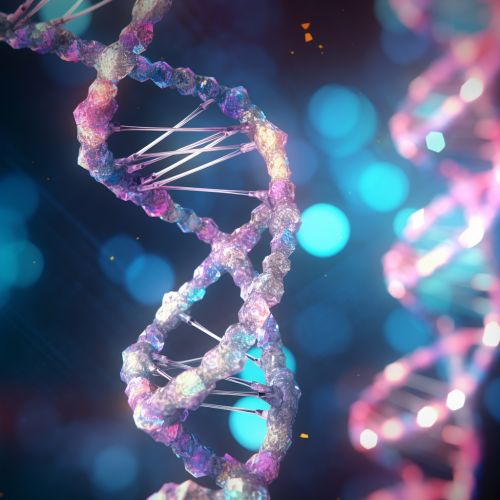Direct reversal DNA repair
Introduction
Direct reversal DNA repair is a mechanism employed by cells to correct DNA damage. This process is unique in that it does not require a template strand, unlike other forms of DNA repair such as homologous recombination and non-homologous end joining. The direct reversal repair mechanism is highly efficient and specific, capable of repairing certain types of DNA damage with remarkable accuracy.


Mechanism of Direct Reversal DNA Repair
The direct reversal DNA repair mechanism operates by directly reversing the chemical reaction that caused the DNA damage. This process is facilitated by specialized enzymes that recognize and bind to the damaged site, catalyzing a reaction that restores the original DNA structure.
Alkylation Damage Repair
One of the primary types of damage repaired by the direct reversal mechanism is alkylation damage. Alkylation damage occurs when an alkyl group is added to a DNA base, often leading to mispairing during DNA replication. The enzyme O6-methylguanine-DNA methyltransferase (MGMT) is responsible for repairing this type of damage. MGMT transfers the alkyl group from the DNA base to a cysteine residue in its active site, effectively reversing the alkylation damage.
Pyrimidine Dimer Repair
Another type of DNA damage that can be repaired by direct reversal is the formation of pyrimidine dimers. These dimers are typically caused by ultraviolet (UV) radiation and result in the covalent bonding of adjacent pyrimidine bases. The enzyme photolyase uses energy from light to break the covalent bonds, restoring the original DNA structure.
Significance of Direct Reversal DNA Repair
The direct reversal DNA repair mechanism plays a crucial role in maintaining the integrity of the genome. By repairing DNA damage promptly and accurately, this mechanism prevents mutations that could lead to diseases such as cancer. Moreover, because direct reversal does not require a template strand, it can repair damage even when only one DNA strand is affected.
Limitations and Challenges
Despite its efficiency and specificity, the direct reversal DNA repair mechanism has its limitations. For instance, it can only repair certain types of DNA damage. Other types of damage, such as double-strand breaks, require different repair mechanisms. Additionally, the enzymes involved in direct reversal are often susceptible to inactivation by the very damage they repair. For example, MGMT becomes irreversibly inactivated after repairing a single alkylated base, necessitating its constant synthesis and turnover.
Future Research Directions
Future research in the field of direct reversal DNA repair is likely to focus on understanding the detailed mechanisms of action of the enzymes involved, as well as exploring potential therapeutic applications. For instance, modulating the activity of MGMT has been proposed as a strategy for enhancing the efficacy of alkylating agents in cancer therapy.
